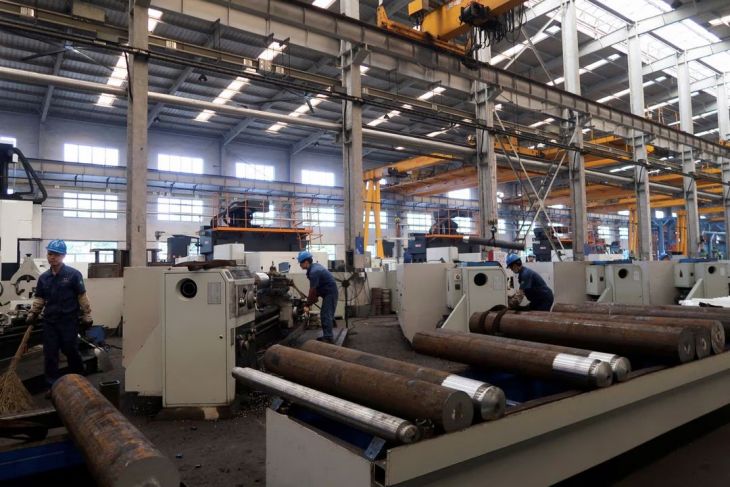In recent weeks, we have seen an uptick in positive news about the China US relationship, and many are wondering why this change in dynamic after a few years of brinksmanship on both sides.
One of the possible reasons is the new global reality brought on by COVID and its aftermath that has created new market realities for both countries and their intertwined economies.
COVID and the massive spending to sustain their economies by many of China’s client states ultimately resulted in inflationary pressures that have led to reduced demand for Chinese made goods. Consumers are facing shrinking disposable income and increase costs for their debt loads, especially mortgages and credit card debt. The same can be said for governments everywhere who find themselves with too much debt on their balance sheets.
COVID also demonstrated to many of China’s client states that it is not recommendable to put all of our sourcing needs in one location. Companies like Apple are moving some production lines from China to India and other major companies shifting some production home while Nike, Adidas, and Samsung shift some production from China to Vietnam.
Indeed, one issue that cemented China’s hold over the West was the concentration of computer chip manufacturers in China and Taiwan. COVID closed down almost all production facilities, and this led to huge shortages that affected the global automobile industry among others.
This led to the creation of new chip manufacturing facilities in India, South Korea, and the continental US – thus breaking the China’s near-monopoly over this strategic product. The new reality is regionalization of production of strategic products so that no one government controls supply chains.
Another new reality is that the factory no longer depends on cheap labor as robotics takes on a major role in the production of myriad of high-tech products. This cuts down on shipping costs and allows clients to better manage supply lines. As well, reshoring is expected to bring home as many as 350,000 jobs to the US this year, with more to follow.
Among reshorers are General Motors, Intel, and US Steel.
Mexico is well placed to provide many of the manufacturing services that China has up until now and it is easily reached by rail or truck. This avoids the high cost of ocean shipping, the congestion faced by many major ports along the Pacific coast, the time to get products from factory to end customers and reduces investment in inventory weeks coverage.
Another factor is China’s shrinking domestic market. Demand is down as Chinese consumers face challenges they have not seen for decades. It is estimated that youth unemployment will remain around 20% this year, and that university graduates in 2023 will have few jobs to look forward to.
This could lead to civil unrest. Today’s Chinese youth have never gone through many of the travails of recent Chinese history. They were born into a prospering economy that only seemed to grow yearly. Many also do not understand President Xi’s decision at the last Party Congress to revert to an ideological purity many thought had ended with Deng Xiaoping.
President Xi appears to be out of touch with this generation. Their expectations have little in common with Mao or Xi thought, and their vision of the future is very different from the current ruling class. They are well educated, well-travelled, and well versed in Western culture.
A third factor is one of attitudes.
For years China felt increasingly confident with the West, comfortable with Western dependency on its industrial base for the consumer goods sought by its citizens and its banking system dependent on China’s enormous holdings of US debt.
The US government toed a careful line given the potential consequences of pushing China into a corner under those conditions. But now, China is more vulnerable, and its arrogance may be watered down into a more egalitarian relationship with the US.
Indeed, the US economy is stronger now that it has been for many years and the US can now comfortably push back at China on business matters.
Nevertheless, and thankfully, both countries now seem to prefer dialogue over confrontation. Recent visits to China by US Secretary of State Blinken and Treasury Secretary Yellen lead me to believe that this dialogue has begun and could continue.
Both countries seem to know that their complex economic interdependence must be managed separately from their political and diplomatic relationship.
Reality rather than viscerality must be the main focus if both nations are to prosper and the global economy is to be strengthened.
Keep reading: Confrontation vs. Consensus
Edición: Fernando Sierra
Asistentes abuchearon a Ramírez Bedolla, gobernador de Michoacán, quien llegó al evento a dar el pésame
La Jornada
Efiartes, un programa que necesita ajustes, no recortes
Alejandro Ortiz González
Usar fuerza desproporcionada contra el enemigo sin importar el costo civil, una historia que se repite
Mauricio Dardón Velázquez
